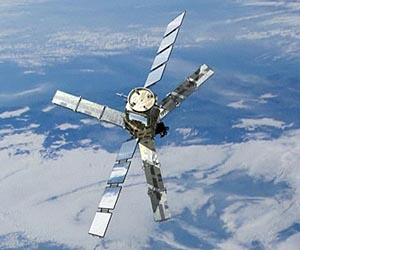This year, satellites saw the extent of Arctic sea ice hit a record low since measurements began in the 1970s. ESA's SMOS and CryoSat satellites are now taking a deeper look by measuring the volume of the sea-ice cover. Measurements from Soil Moisture and Ocean Salinity (SMOS) mission show that ice has thinned significantly in the seasonal ice zones, with extensive areas less than half a metre thick. Although not originally designed for looking at ice, the SMOS satellite's data are being evaluated to monitor Arctic sea ice. The results reveal that radiation emitted by the ice allows SMOS to penetrate the surface, yielding ice-thickness measurements down to 50 cm - mainly the thinner and younger ice at the edge of the Arctic Ocean. This allows improved evaluation of the volume of the young ice, which is the basis of old ice in subsequent years.
It is important to keep a close watch on the Arctic because this inaccessible and very sensitive ecosystem is rapidly changing. The disappearance of ice has a major effect on the northern hemisphere. ESA will continue to monitor the Arctic with the upcoming Sentinel series of Earth-observing satellites for Europe’s Global Monitoring for Environment and Security (GMES) programme.

